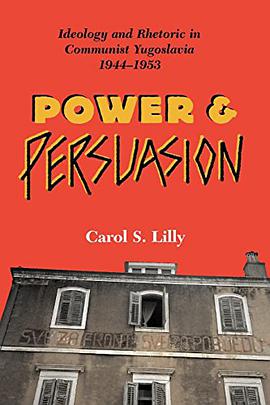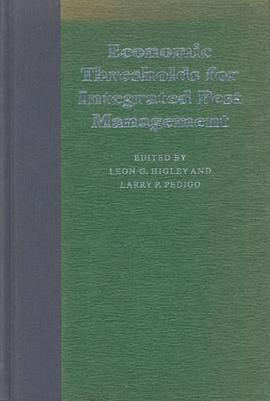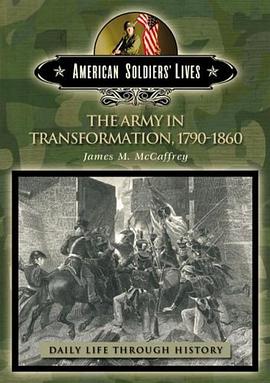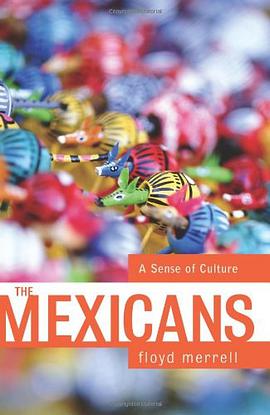
An investigation of the Communist Party of Yugoslavia's evolving--and ultimately failed--attempts to transform social and cultural values, mores, and behavior by means of persuasion in the first nine years of its rule. When the Communist Party of Yugoslavia (CPY) took power after the Second World War, it had a vision for a new and better society in which all humans would live together in peace and prosperity and in which their mutual exploitation would be eliminated. That vision required changes not only in the country's political and economic structure, but in its citizens' values, morals, goals, aesthetics, and social behavior. Lilly's study describes the CPY's struggle to realize that social and cultural transformation by means of oral, written, and visual persuasion in the first nine years after the war. She further addresses both society's reaction to those efforts and the extent to which party leaders adapted their persuasive policies in response to feedback from below. In this respect, Lilly places her work at the intersection of cultural history, cultural studies and politics by discussing how individuals and different groups perceive, digest, and remake culture from above in their own image. Moving beyond an interpretation of Yugoslavia's political and cultural history in the 1940s, she addresses broader questions like: How do dictatorial regimes maintain power and support? How do subject populations express their views and exert influence even under oppressive conditions? When and how does persuasive rhetoric work, and what are its limits? When the Communist Party of Yugoslavia (CPY) took power after the Second World War, it had a vision for a new and better society in which all humans would live together in peace and prosperity and in which their mutual exploitation would be eliminated. That vision required changes not only in the country's political and economic structure, but in its citizen's values, morals, goals, aesthetics, and social behavior. Based on extensive archival research, Lilly's study describes the CPY's struggle to realize that social and cultural transformation by means of oral, written, and visual persuasion in the first nine years after the war. Lilly's descriptions of party policies in such media as newspapers, journals, educational curricula, group activities like parades, workplace competitions, and volunteer labor brigades, and the production of both high and popular culture depict the evolving form and content of the party's persuasive rhetoric. Her archival work, moreover, reveals both societal reaction to such rhetoric and the extent to which party leaders adapted their persuasive policies in response to feedback from below. In this respect, Lilly places her work at the intersection of cultural history, cultural studies and politics by discussing how individuals and different groups perceive, digest, and remake culture from above in their own image. Ultimately, then, this study not only modifies current understandings of Yugoslavia's postwar history but informs us about the nature of state-society relations in dictatorial regimes and the complexities of cultural change. Moving beyond an interpretation of Yugoslavia's political and cultural history in the 1940s, it addresses broader questions like: How do dictatorial regimes maintain power and support? How do subject populations express their views and exert influence even under oppressive conditions? When and how does persuasive rhetoric work and what are its limits?
具体描述
读后感
评分
评分
评分
评分
用户评价
相关图书
本站所有内容均为互联网搜索引擎提供的公开搜索信息,本站不存储任何数据与内容,任何内容与数据均与本站无关,如有需要请联系相关搜索引擎包括但不限于百度,google,bing,sogou 等
© 2025 qciss.net All Rights Reserved. 小哈图书下载中心 版权所有





















